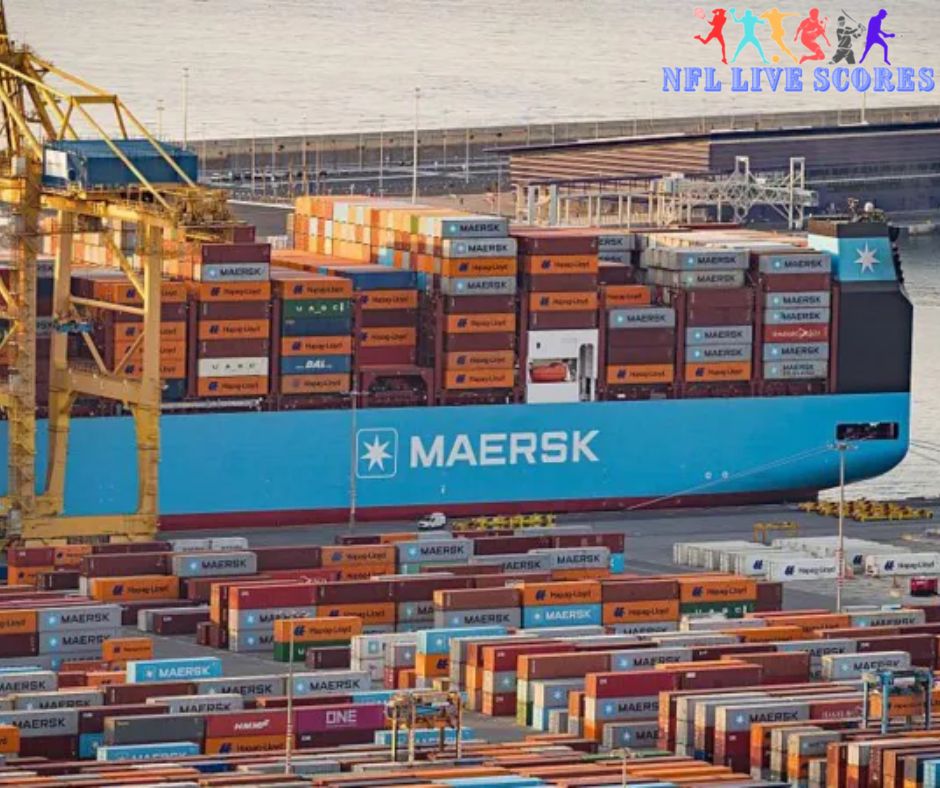By Haseeb Rashid
Published on NFLLiveScores.com
In the fast-changing world of international trade, few developments capture global attention like a major tariff deal between two economic superpowers. The recent US-EU tariff agreement is one such event—marking a notable victory for former U.S. President Donald Trump, while offering enough concessions to prevent the European Union (EU) from walking away empty-handed.
The dynamics of transatlantic trade have been altered by this agreement, which also has wider ramifications for politics, business, and upcoming talks. What does this deal actually entail, though, beyond the headlines? Who blinked first, and who benefited the most?
Trump’s Victory: Symbolic and Strategic
From the moment the deal was signed, Donald Trump declared it a “tremendous win for the American worker.” And he has a point.
Here’s why the US side came out ahead:
1. Reduction of EU Tariffs on American Goods
The EU agreed to reduce or eliminate tariffs on several key American exports, including lobsters, chemicals, and machinery components. These were items that U.S. exporters had long struggled to push into the European market due to high tariffs.
2. Boost to American Farmers and Industries
Trump’s administration was under pressure from agricultural and manufacturing sectors to reduce foreign trade barriers. This deal directly benefits U.S. lobstermen, farmers, and small manufacturers—especially in politically vital swing states.
3. Political Capital
Coming ahead of a potential 2024 comeback, Trump can now point to this deal as evidence of his “America First” trade policy working. It’s a political win, as much as an economic one.
Brussels’ Calculated Concession: Not a Full Surrender
While Washington may be celebrating, Brussels isn’t mourning. The European Union made strategic compromises—but also secured some wins of its own.
1. Avoiding a Trade War
The EU’s move to lower tariffs was a preemptive strategy to avoid a worsening trade war. With Trump known for sudden tariff hikes (e.g., the steel and aluminum tariffs during his presidency), EU leaders took a diplomatic path to stabilize relations.
2. Tariff Reductions on Both Sides
In return, the U.S. also reduced tariffs on European exports like prepared meals and cigarette lighters, offering EU exporters access to valuable American markets.
3. Maintaining EU Unity
Unlike previous negotiations where EU member states were divided, this deal showed Brussels maintaining unity. That’s a political win, especially amid internal challenges like Brexit fallout and rising far-right movements.
The Real Winners: Business and Consumers
While political leaders on both sides claim victory, businesses and consumers might be the biggest winners of this deal.
For Businesses:
-
Lower costs on imports and exports.
-
Improved supply chain stability.
-
Better market access for niche industries (e.g., seafood, specialty chemicals).
For Consumers:
-
Potential for lower prices on imported goods.
-
More product variety in stores.
-
A generally healthier economic climate with fewer trade tensions.
Global Implications
This deal is more than a bilateral arrangement—it sends a signal to the world.
A Message to China
Even if it is only partial, US-EU unity indicates a united Western front in international trade negotiations. Even if the US and the EU still have different views on China, commercial cooperation increases their clout.
A Warning to Protectionist Economies
The deal underlines that mutual trade benefits still matter—and that compromise can be a powerful tool in a protectionist world.
Criticism and Concerns
No deal is perfect—and this one has its critics.
-
Environmental groups argue the deal could promote industries with a high carbon footprint (e.g., fisheries, chemicals).
-
Labor unions in Europe worry that job losses may occur in industries facing increased U.S. competition.
-
Trade specialists warn that a lot of tariff reductions are merely symbolic and don’t address more serious problems like subsidies or digital taxes.
What’s Next?
The US-EU tariff agreement is not the end, but a new chapter in trade relations. Future rounds may focus on:
-
Digital services taxes
-
Green tech cooperation
-
Subsidy policies in agriculture and energy
-
WTO reform strategies
The current deal sets a cooperative tone—but with elections looming in both the U.S. and several EU countries, the future remains uncertain.
Final Thoughts
In the realm of global trade, victory isn’t always about crushing the other side—it’s about securing your interests without burning bridges. An excellent illustration of this equilibrium is the US-EU tariff agreement.
Donald Trump gets a powerful headline: “Deal Done, America Wins.”
“Crisis Averted, Trade Flows” is the more subdued success that Brussels takes away.
It’s not a perfect deal. It’s not a complete defeat.
But it’s a step forward—for both sides.
Also Read:>


1 thought on “US-EU tariff deal a big Trump win but not a total defeat for Brussels”